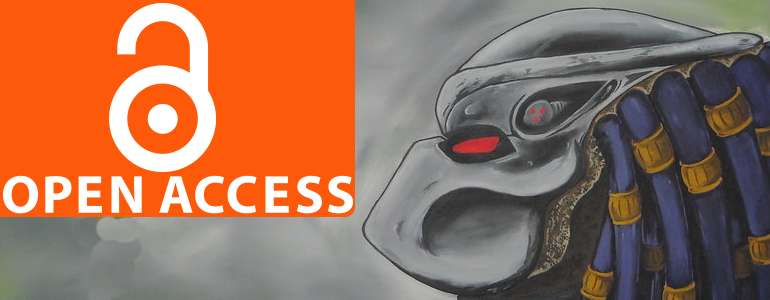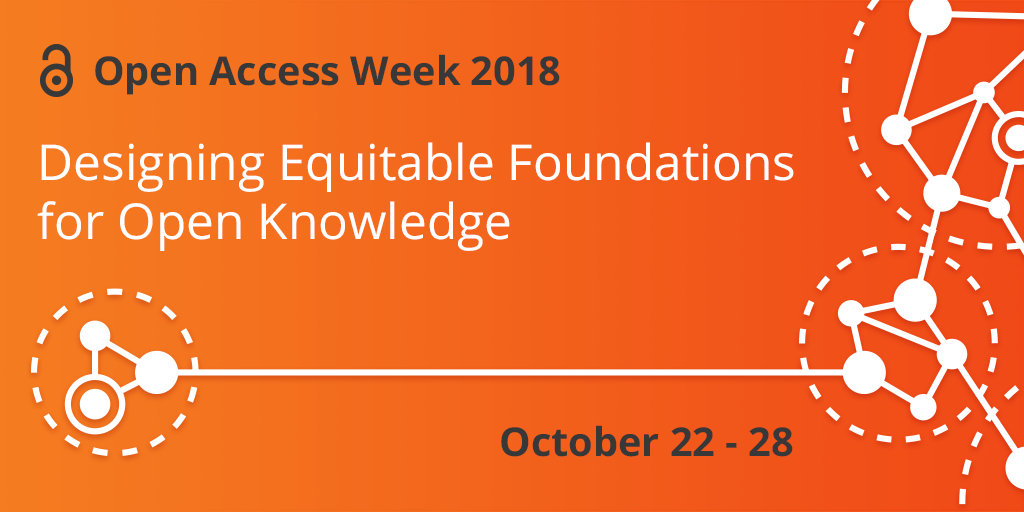
Open Access vs Predator
Predatory Open Access publishers on the rise
The increase in so-called “predatory” Open Access publishers is posing a threat to the integrity of Open Access publishing. Predatory Open Access publishers charge authors high publishing fees without providing proper editorial and peer review services. They are abusing the opportunity created by the Gold Open Access publishing model which requires authors to pay article processing charges.
Since 2010 the number of predatory Open Access publishers has shown a sharp increase, according to Finland’s Hanken School of Economics. Authors of the research, Cenyu Shen and BO-Christer Bjork, found out that in 2014 alone predatory Open Access publishers had dumped more than 420,000 articles on the market. This shows a nearly 800% increase from the year 2010. The findings of the research are based on a detailed analysis of 613 Open Access journals.
The whole idea behind Open Access publishing is to give people free access to research output for the benefit of science and society. Unfortunately, some Open Access publishers are focused on serving individual or company interests. Their primary motive is to make a profit. Their existence poses a threat to Open Access publishing and the movement. Researchers and authors need to start identifying them.
There are various ways of identifying predatory Open Access publishers. Mr. Jeffrey Beall created a set of criteria for this: editorial quality, publishing standards, integrity and business management. He used these criteria, among many others, to label hundreds of journals as predatory ones. These criteria were used by the researchers to examine the practices of predatory Open Access publishers and also to find out the danger that they are posing to Open Access publishing in general.
Predatory Open Access publishers have developed faster and cheaper publishing models by drastically lowering the quality of their peer review and editing processes. On average they charge authors 178 USD to publish articles within 2 to 3 months from the date of submission. Meanwhile, the average time to publish an article on reputable Open Access journals is 5.9 months.
The research revealed that those predatory publishers mainly prey on authors from Asia and Africa. Nearly 77 percent of the authors exposed to such abuse are researchers from those two regions. India is where the vast majority of predatory publishers are based. This is not surprising at all, as nearly 35 percent of the authors who are abused by the predators are from the same country.
What exposes the authors from these regions to abuse on such a massive scale? Firstly, predatory publishers promise a fast track to publication. This is appealing to many researchers who would like to publish as many papers as possible. Publishing many papers is positively correlated with promotion and greater name recognition. Secondly, their article processing fees are on average far below the industry standard. Both factors are strong incentives for authors from developing regions choose a predatory publisher.
Coupled with the pre-existing concerns over the quality of Open Access journals, the damaging effect predatory publishers might have on Open Access can be far reaching; both in terms of quality and integrity. Shen and Bjork write, “Predatory publishers are causing unfounded negative publicity for Open Access publishing in general.” Perceived lack of quality of Open Access journals is already one of the major reasons mentioned by several authors not to publish on Open Access platforms. Doubtlessly, predatory Open Access publishers are aggravating the negative perceptions of articles published in Open Access, in addition to casting a big shadow over the quality and reputation of Open Access journals and publishers.
Authors can play a significant role in terms of identifying predatory Open Access publishers and denying them the opportunity to prosper. Taking necessary precautions against predatory Open Access publishing serves two purposes: First, it protects authors from the predators. Secondly, authors’ engagement helps protect the quality, integrity and reputation of Open Access publishing.
References:
Scholarly Open Access: Potential, possible, or probable predatory scholarly open-access publishers
Shen C, & Björk BC (2015). ‘Predatory’ open access: a longitudinal study of article volumes and market characteristics.BMC medicine, 13 PMID: 26423063




